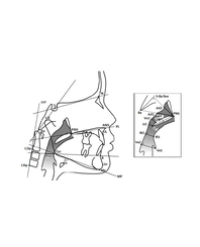
Screening for Depression, Anxiety and Stress among Patients Attending a Regional Rehabilitation Clinic in South Western, New South Wales, Australia
Rehabilitation medicine offers an individualized patient-centered service to optimize function and maximize quality of life of patients. Psychological distress can impact rehabilitation process and its outcomes [1]. In regional and rural areas, rehabilitation services are different from the ones in metropolitan areas. There are limited medical specialists and allied health services in those areas.
Sacred Heart Rehabilitation Service at St Vincent’s Hospital in Sydney Australia has been providing outreach rehabilitation services to Griffith Base Hospital (GBH), New South Wales (570 km away from Sydney). A rehabilitation clinic at GBH run by an outreach rehabilitation physician is well established with approximately 100 new referrals per year [2]. Although rehabilitation patients often have psychosocial issues requiring multidisciplinary input, there is limited study on the presence and extent of depression, anxiety and stress symptoms among patients attending an outreach rehabilitation clinic. This audit study aimed to screen the levels of negative emotional status who attended a regional rehabilitation clinic.
Yuriko Watanabe*



